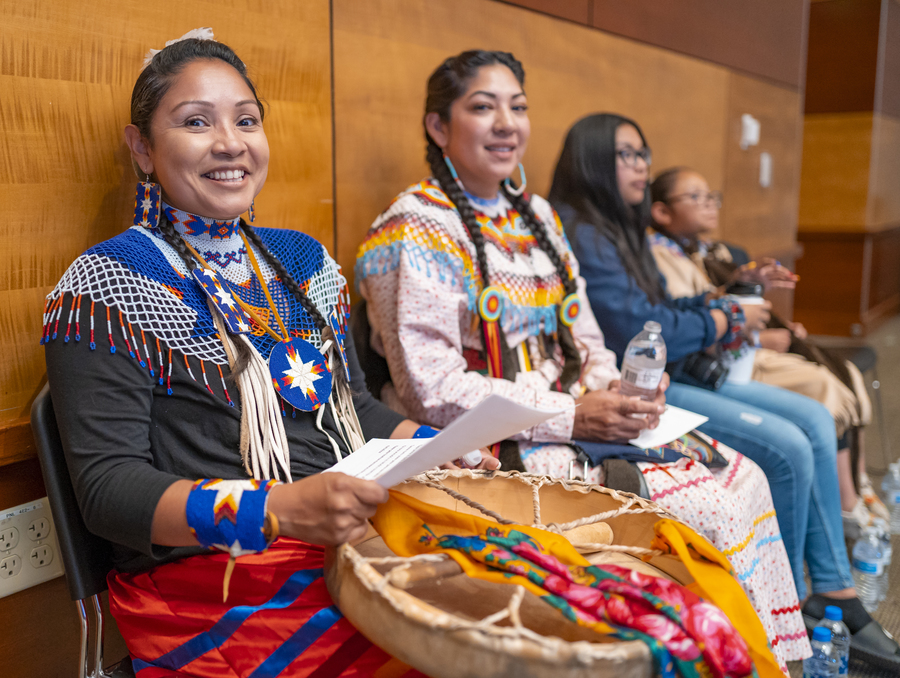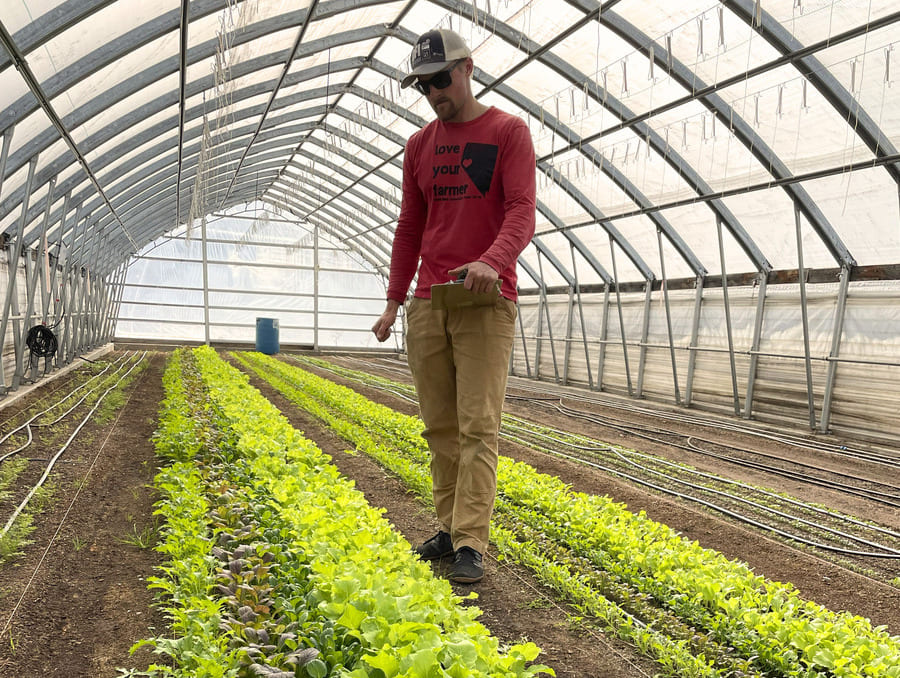Often in state data reporting, Native Americans (Natives) are conveyed as an asterisk or a dash because the sample size (N) falls short of a certain metric. Dr. Jafeth Sanchez, director of the Latino Research Center and associate professor of educational leadership at the University, has partnered with Lance West, co-founder and president of Indigenous Educators Empowerment (IEE), to combat the traditional viewpoint on Indigenous education research.
“Even if there are only ten students, it’s important to recognize that their contributions and their culture matters to the curriculum,” Sanchez said. The upcoming study is a step toward recognizing those contributions and experiences with data-backed research.
The study, Perceptions of Higher Education among Native Students and Families, funded by a Nevada Institute on Educator Preparation, Retention and Research (NIEPRR) $30,000 research grant, will begin in mid-December with the help of two undergraduate research fellows, University students Paige Eriksen and Fabian Kovac.
West and the team at the IEE will help find and recruit about 20 Native American high school students in Nevada for an interview in which the students will be asked a series of questions about their experiences in education.
“The primary purpose of the study is to examine how high school native students and families perceive higher education and the reasons they opt into or out of attending higher education, specifically to major in the field of education,” Sanchez said.
The interviews will be conducted by undergraduate researchers, Eriksen and Kovac, to provide a sense of comfort for the high school student interviewees in a peer-to-peer research situation. Once the student has been interviewed, the researchers will then interview a person of the interviewee’s choosing to add context to the student’s perceptions – either a close family member or a mentor – someone who has understanding and influence in the high schooler’s life.
While the main role of the study is to understand how Native students and families perceive higher education, the researchers also want to explore the students’ and families’ reasons for opting in or out of higher education and what perceptions exist regarding education itself as a career choice.
“We’re trying to grasp also how they’re seeing the education field in general, separate or in addition to their own ideas and views of pursuing some sort of career that requires higher education degrees,” Sanchez said.
Not only will the team be interviewing Native students and family members, but they will also create educational resource videos in which they recruit members of the tribal communities to share their experiences with higher education for the community and higher education advocates to learn from and leverage.
“We would like to engage different stakeholders in the tribal communities to offer testimonials or share their stories. For example, maybe an elder can be recorded talking about their challenges and their own experience in education due to historical trauma,” West said. “We know that all of our elders today … are still very apprehensive to speak the language even though it was in them or even though they had the language or maybe were around it, exposed to it, more than current youth. Maybe an elder speaking to that and talking about how change is coming.”
The University currently has less than 1% of its enrolled students self-identifying as American Indian. Sanchez, West and other researchers involved hope that this study will encourage more American-Indian-identifying students to enroll in higher education at the University and will educate members of the University community on best practices to make the experience of coming to college more welcoming.
Once the study has been conducted, Sanchez and West plan to present their findings at the Hawaii International Conference on Education and at the Northern Nevada Diversity Summit. The undergraduate student fellows, Eriksen and Kovac, will present the work from their perspectives at the Wolf Pack Discoveries symposium in the spring with a poster presentation.
















